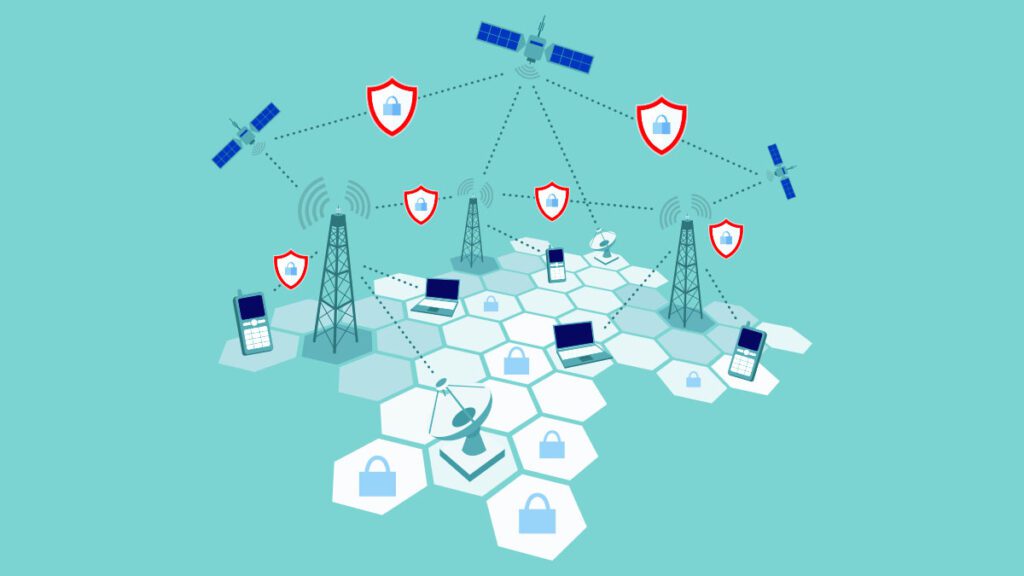What Security Measures are Taken in the Telecoms Industry?

With every rising technology and telecom innovation comes new threats to infrastructure and user’s information security, the most common among them being ransomware.
These perils are becoming more common as criminal groups and hackers continually develop methods to prevent or defeat the implemented security measures.
The telecom sector is seen as one of the most exposed to cybersecurity attacks hitting the network’s security infrastructure, according to a report from Efficient.
“43 percent of telecom organizations have had a DNS-malware-based attack. Couple this with people increasingly working from home and using their mobile devices to do so along with using these mobile devices as their primary means of staying in touch with people, and the need for data security becomes even more critical,” according to the report.
According to Comscore, who recently made a year-over-year (YoY) comparison to March 2019, mobile phone data usage in the U.S. grew by more than 50 percent in March 2020.
The fact is, it wouldn’t be surprising if these numbers continued to rise.
Telecommunication companies are in desperate need of making sure that their data security standards are of the highest quality because they hold a vast amount of payment cards and personal data.
Therefore, they are at risk of two specific types of cyberattacks:
First, direct attacks from criminals aiming to access their network operations.
Second, data and indirect attacks target the company’s subscribers via their mobile phones and financial and personal identity information (PII).
The solutions offered and provided to get effective security strategies depend on certain concepts such as preventing the threat and then responding firmly and defeating the danger when it occurs.
Preventative and reactive measures are always needed in such circumstances and responding to a cybersecurity attack varies on controlling the situation to the highest levels of security.
On the same note, many effective preventative measures include threat detection, which means that a susceptibility response helps security teams respond faster and more efficiently to incidents and vulnerabilities. There are solutions that can be applied to streamline security response using automation.
Sensitive data detection is a technology such as Enterprise Recon that allows people to quickly and easily remediate, discover, and report on more than 300 predefined personal data types across multiple systems, making compliance with security regulations easier to achieve.
With Enterprise Recon, customers have the information needed to implement the necessary measures, ensuring the highest levels of security with subscribers’ personal data.
